GS25 - Jeju Iho Branch [Tax Refund Shop] (GS25제주이호점)
7.2Km 2024-06-27
7519, Iljuseo-ro, Jeju-si, Jeju-do
-
Samyang Beach (삼양해수욕장)
7.2Km 2022-07-28
Samyang 2-dong, Jeju-si, Jeju-do
+82-64-740-6000
Samyang Beach is cozy and has clear waters because it is not well-known among tourists. In particular, it stands out because of its sparkling black sand. As the black sand's therapeutic effect is well known, visitors can often be seen lying down on the beach and burying themselves in the black sand.
Jeju Holic Museum (제주홀릭뮤지엄)
8.1Km 2024-07-24
2835 Pyeonghwa-ro, Aewol-eup, Jeju-si, Jeju-do
Jeju Holic Museum is located in what used to be a senior care facility that closed down. The museum tells the story of Jeju through five different spaces, using unique and modern ways of storytelling.
Halla Ecological Forest (한라생태숲)
8.2Km 2021-06-11
2596, 516-ro, Jeju-si, Jeju-do
+82-64-710-8688
Spanning 196 hectares, Halla Ecological (Eco) Forest is home to 288,000 trees representing 333 indigenous plant species. Having been designated as a conservation area, the forest provides plenty of great opportunities to observe and learn about Jeju's diversified ecosystem through various facilities including an observatory, plant nurseries, walking trails, and more. The forest also features 13 themed forests with low-impact facilities to preserve the essence of the forest. Visitors can sign up for the forest experience program to enjoy the walking trails within the forest.
Café Gwangnyeong Olle 17 (카페광령올레17)
8.2Km 2024-02-20
295 Gwangseong-ro, Aewol-eup, Jeju-si, Jeju-do
Café Gwangnyeong Olle 17 is located in front of the Gwangnyeong 1-ri office, marking the end point of Jeju Olle Trail 16 and the starting point of Trail 17. Run by a photographer, the café features a photo printing machine on-site. The signature menu item is handmade milk tea, complemented by a selection of coffee and other beverages. This café offers visitors a cozy atmosphere that captures the warmth and charm of a small town in Jeju.
Jeju Bultapsa Temple (불탑사(제주))
8.3Km 2021-06-15
41, Wondang-ro 16-gil, Jeju-si, Jeju-do
+82-64-755-9283
Located in Samyang-dong, Jeju-si, Bultapsa Temple is a branch of Gwaneumsa Temple, the headquarters of the 23rd district of the Jogye Order of Korean Buddhism. The temple is nestled at the foot of Wondangbong Peak (alt. 170.4 meters). The temple started out as the Buddhist shrine Wondangsa, one of three temples in Jeju during the Yuan dynasty. Most of the temple was damaged due to the Jeju Uprising on April 3, 1948 and it was rebuilt in 1953. Later, the temple underwent renovations and extension works to get to the current conditions. Today, the temple has Daeungjeon Hall, Yosachae monk quarters, Jonggak Bell Tower, and Cheonwangmun Gate. The temple's five-story stone pagoda is Jeju's only stone pagoda from the Goryeo dynasty. It was designated Treasure No. 1187 in November 1993.
Jeju 4.3 Peace Park (제주4·3평화공원)
8.6Km 2021-06-18
430, Myeongnim-ro, Jeju-si, Jeju-do
+82-64-723-4344
Mankind tends to only remember the heroes of civilization. Jeju 4.3 Peace Park was created to remember those who fell protecting their homeland during the Jeju uprising which broke out on April 3, 1948. The park is the symbol of reconciliation and peace, and seeks to open a new chapter of life.
The development project of Jeju 4.3 Peace Park was a result of the reparations for the victims of the Jeju uprising. The 4.3 Special law was promulgated in the year 2000, and the following steps proceeded: property acquisition for the park, master plan of the park establishment, design competitions for the park, construction, exhibits and installations. It finally opened to the public on March 28, 2008.
Olive Young - Jeju Oedo Branch [Tax Refund Shop] (올리브영 제주외도)
8.6Km 2024-04-18
79, Ujeong-ro, Jeju-si, Jeju-do
-
Grabel Hotel - Jeju Branch [Tax Refund Shop] (그라벨호텔 제주점)
8.9Km 2024-04-16
1F, 7316, Iljuseo-ro, Jeju-si, Jeju-do
-
Roe Deer Observation Center (제주 노루생태관찰원)
9.6Km 2020-12-03
520, Myeongnim-ro, Jeju-si, Jeju-do
+82-64-728-3611
Roe Deer Observation Center opened on August 3, 2007 to offers a place where visitors may observe and watch roe deer and other creatures in their natural habitat. Guests can watch the deer from the forest trails, or feed them at the experience enclosure. The exhibition hall offers information on Hallasan Mountain and the animals and plants that live around it, including a video room teaching about the life of a roe deer. The observation center grounds also include walking paths up Geochinoreum Volcanic Cone.

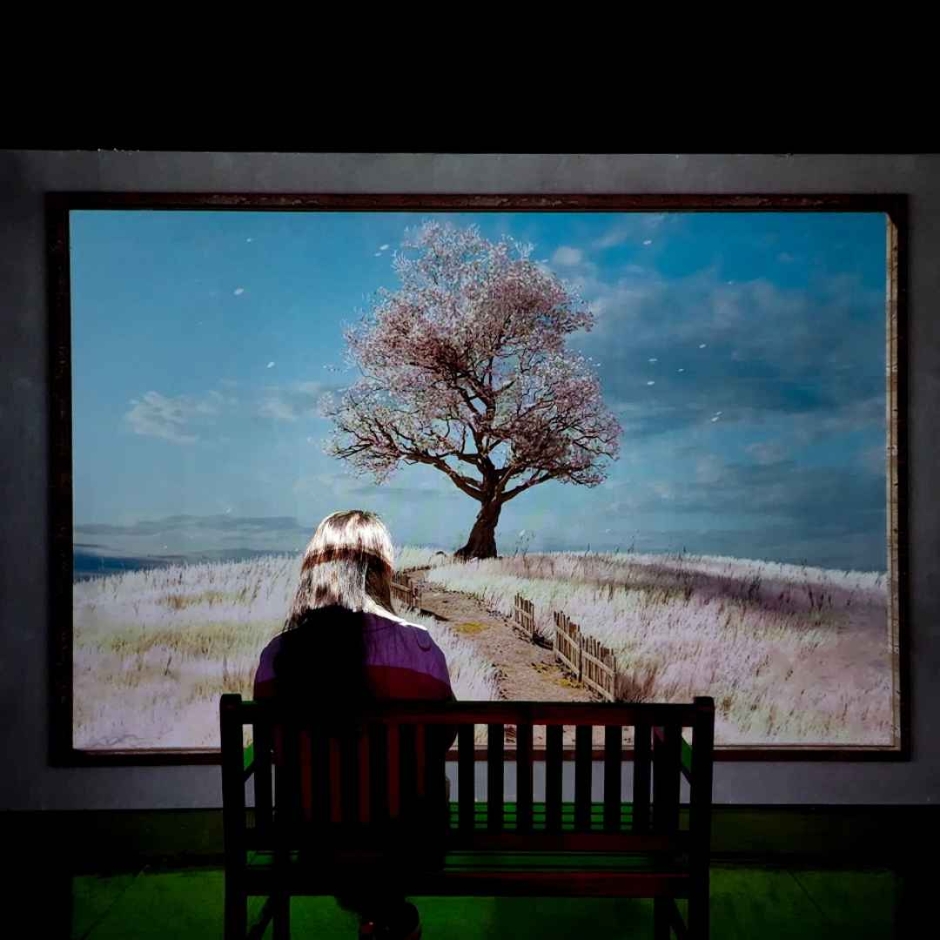
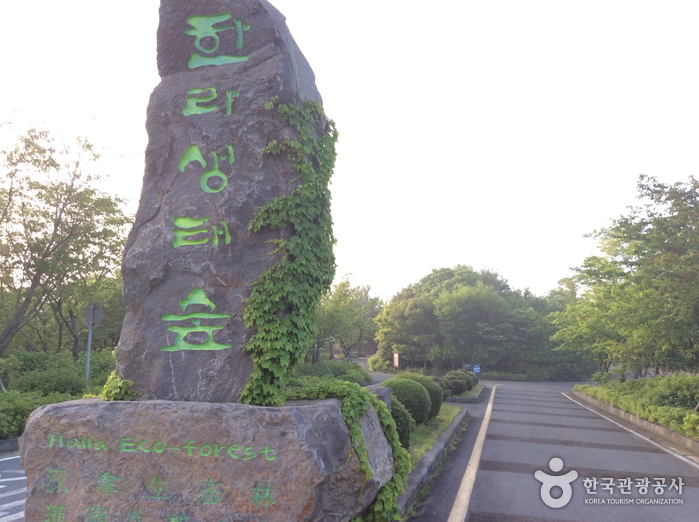
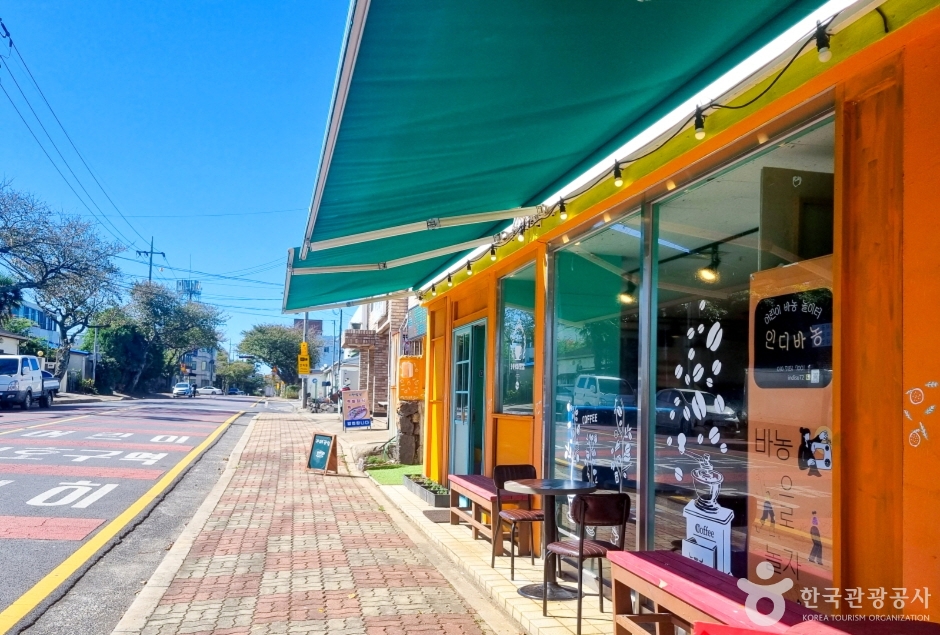
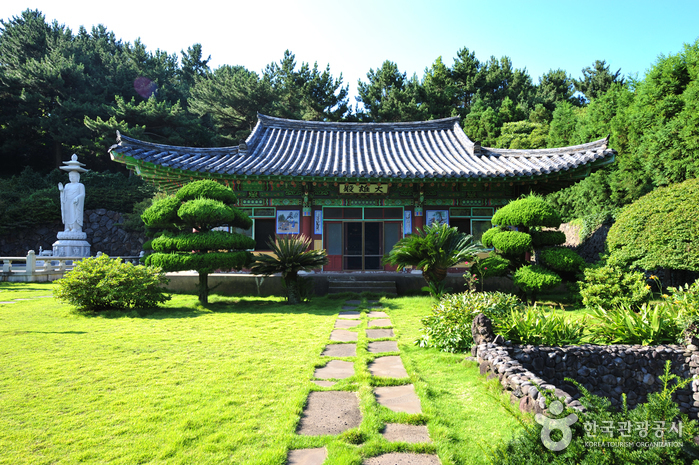
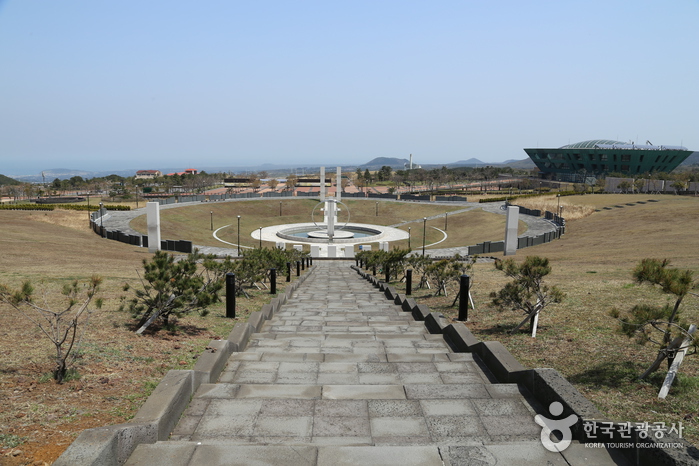
![Olive Young - Jeju Oedo Branch [Tax Refund Shop] (올리브영 제주외도)](http://tong.visitkorea.or.kr/cms/resource/02/2887002_image2_1.jpg)
![Grabel Hotel - Jeju Branch [Tax Refund Shop] (그라벨호텔 제주점)](http://tong.visitkorea.or.kr/cms/resource/99/2886999_image2_1.jpg)
 English
English
 한국어
한국어 日本語
日本語 中文(简体)
中文(简体) Deutsch
Deutsch Français
Français Español
Español Русский
Русский